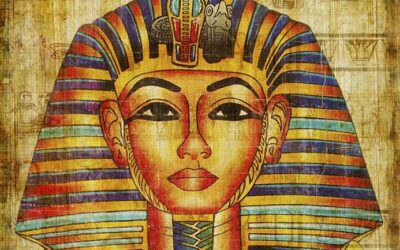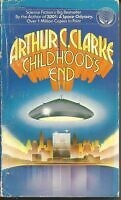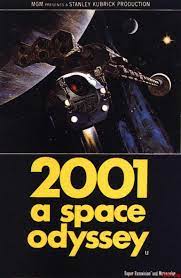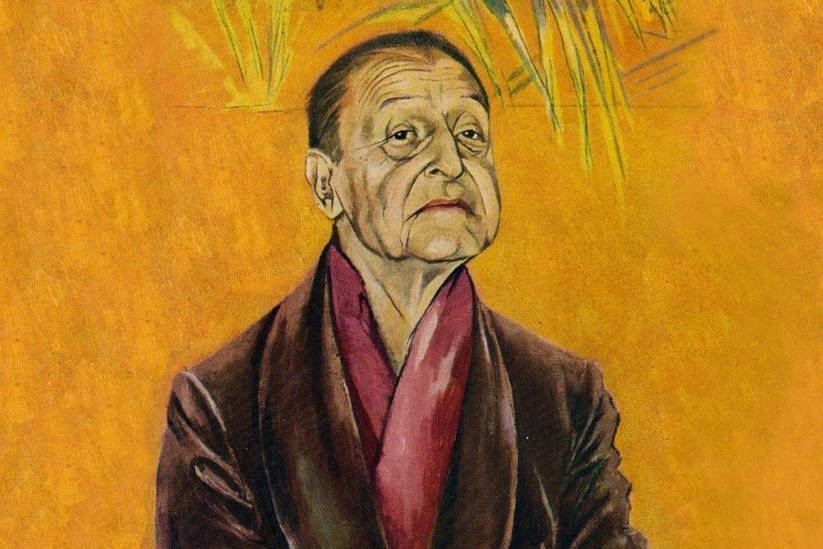Arthur C. Clarke: An Odyssey in Science Fiction
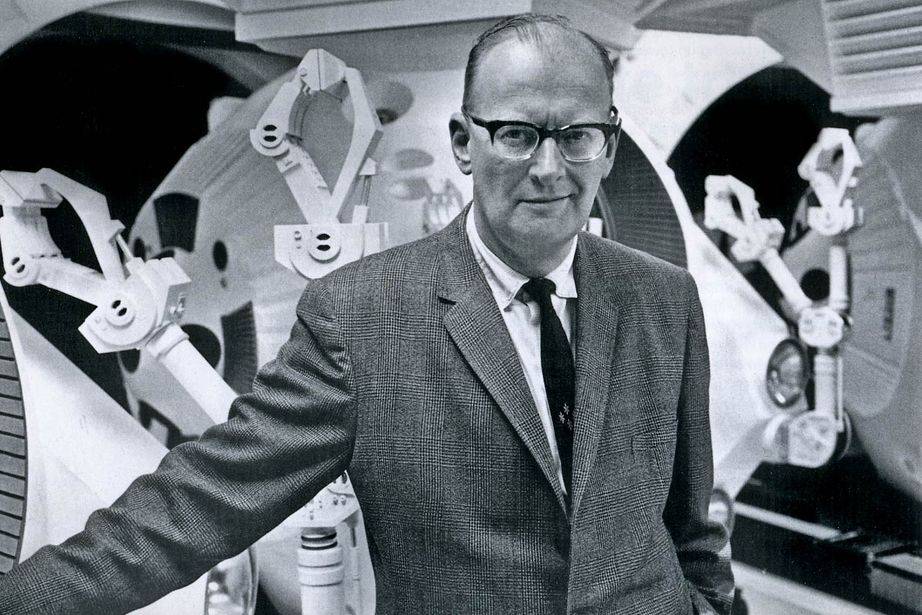 Arthur C. Clarke 1965 (1)
Arthur C. Clarke 1965 (1)Arthur C. Clarke’s legacy bridges the worlds of the arts and the sciences. His work ranged from scientific discovery to science fiction, from technical application to entertainment. As an engineer, as a futurist, and as a humanist, Clarke has influenced numerous artists, scientists, and engineers working today, and through his broad body of work, and through the organizations keeping his legacy alive.
Early Years
Arthur Charles Clarke was born in 1917 to an English farming family in the seaside town of Minehead, in southwestern England. As a child, he enjoyed stargazing and reading American science fiction magazines, which sparked his lifelong enthusiasm for space sciences. After moving to London in 1936, Clarke was able to pursue his interest further by joining the British Interplanetary Society (BIS.) There he worked with astronautic material, contributed to the BIS Bulletin, and began writing science fiction.
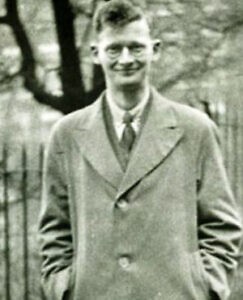
World War 2
When World War II erupted in 1939, Arthur C. Clarke joined the Royal Air Force and served as a radar instructor and technician from 1941 to 1946. He was an officer in charge of the first radar talk-down equipment, the Ground Controlled Approach, during its experimental trials. The technique is used by aircraft control to guide aircraft to a safe landing based on radar images during inclement weather. Clarke’s only non-science-fiction novel, Glide Path, was based on his experiences in this project.
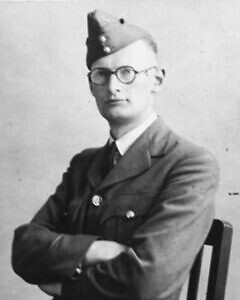
Later Life
Clarke moved to Sri Lanka (then called Ceylon) in 1956, largely to pursue his interest in underwater exploration along the country’s coast as well as on Australia’s Great Barrier Reef. He lived first in the coastal village of Unawatuna and then in Colombo, Sri Lanka’s largest city. In 1962, Clarke was diagnosed with polio, which reduced his diving activities. In 1988, he was diagnosed with post-polio syndrome, and he was largely confined to a wheelchair until he passed away at the age of 90 in March, 2008.
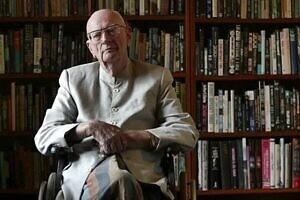
Writing Career
He began selling short stories after WWII to sci-fi publications in the U.S and U.K.
Clarke’s first books were Interplanetary Flight and The Exploration of Space. His first novels were routine stories of space exploration: Prelude to Space, about the first flight to the Moon; The Sands of Mars, about the colonization of that planet; and Islands in the Sky, set on a space station.
Clarke’s next novel, Childhood’s End , is regarded as one of his best and dealt with how first contact with aliens sparks an evolutionary transformation in humanity. Clarke would return to the themes of first contact and evolutionary leaps throughout his career.
Clarke’s move to Sri Lanka in 1956 produced a succession of books, the first of which was The Coast of Coral. That same year, he expanded an earlier novel, Against the Fall of Night, as The City and the Stars.
Beginning in 1964, Clarke worked with director Stanley Kubrick on adapting Clarke’s short story The Sentinel into a movie, which eventually became the hugely successful 2001: A Space Odyssey (1968). Clarke wrote a novel based on the script, and both he and Kubrick were nominated for an Academy Award for their script. 2001: A Space Odyssey is often cited by film critics and historians as one of the greatest films of all time.
Clarke became even more famous when he joined Walter Cronkite on CBS as a commentator for the Apollo 11 lunar landing, in 1969. He was one of science fiction’s leading figures, and he and American authors Isaac Asimov and Robert Heinlein were called the “Big Three.”
Rendezvous with Rama was another story about first contact. In the early 22nd century, a large asteroid is observed entering the solar system from interstellar space. Dubbed Rama, the asteroid turns out to be a cylindrical spacecraft, and an expedition is sent to explore its interior. Clarke’s depiction of the inscrutable mysteries of Rama made this one of his most popular novels, and Rendezvous with Rama won both the Hugo and Nebula awards for best novel.
Imperial Earth was a tale of cloning and solar system colonization set in the 23rd century. The Fountains of Paradise chronicled the construction of a space elevator on the island country of Taprobane (a fictionalized version of Clarke’s adopted home Sri Lanka) and won the Hugo and Nebula awards for best novel. The Songs of Distant Earth, an expansion of a short story from 1958, was set on a distant planet whose society is disturbed by the arrival of the last survivors from a destroyed Earth. Clarke also wrote two sequels to 2001: A Space Odyssey during this time: 2010: Odyssey Two and 2061: Odyssey Three.
Arthur C. Clarke’s remarkable lifetime work was recognized by both the country of his birth and his adopted home country. In 1988, Queen Elizabeth II honored Clarke with a Knighthood and in 2005, he was awarded Sri Lankabhimanya (The Pride of Sri Lanka), Sri Lanka’s highest civilian honor.
Best Arthur C. Clarke Books
The City and the Stars
Far in the future, Earth’s oceans have evaporated and humanity has all but vanished. The inhabitants of Diaspar believe their domed city is all that remains of an empire that had once conquered the stars. Inside the dome, the citizens live in technological splendor, free from the distractions of aging and disease. Everything is controlled precisely, just as the city’s designers had intended.
But a boy named Alvin, unlike his fellow humans, shows an insatiable—and dangerous—curiosity about the world outside the dome. His questions will send him on a quest to discover the truth about the city and humanity’s history—as well as its future.
Childhood’s End
Spaceships have suddenly appeared in the skies above every city on the planet. Inside is an intellectually, technologically, and militarily superior alien race known as the Overlords. At first, their demands seem benevolent: unify Earth, eliminate poverty, end war. But at what cost? To those who resist, it’s clear that the Overlords have an agenda of their own. Has their arrival marked the end of humankind . . . or the beginning?
Rendezvous With Rama
An enormous cylindrical object has entered Earth’s solar system on a collision course with the sun. A team of astronauts are sent to explore the mysterious craft, which the denizens of the solar system name Rama. What they find is astonishing evidence of a civilization far more advanced than ours. They find an interior stretching over fifty kilometers; a forbidding cylindrical sea; mysterious and inaccessible buildings; and strange machine-animal hybrids, or “biots,” that inhabit the ship. But what they don’t find is an alien presence. So who—and where—are the Ramans?
2001: A Space Odyessy
This allegory about humanity’s exploration of the universe—and the universe’s reaction to humanity—is a hallmark achievement in storytelling that follows the crew of the spacecraft Discovery as they embark on a mission to Saturn. Their vessel is controlled by HAL 9000, an artificially intelligent supercomputer capable of the highest level of cognitive functioning that rivals—and perhaps threatens—the human mind.
If you enjoyed our profile of Arthur C. Clarke , check out our selection of the Best Sci-Fi Novels to Read


